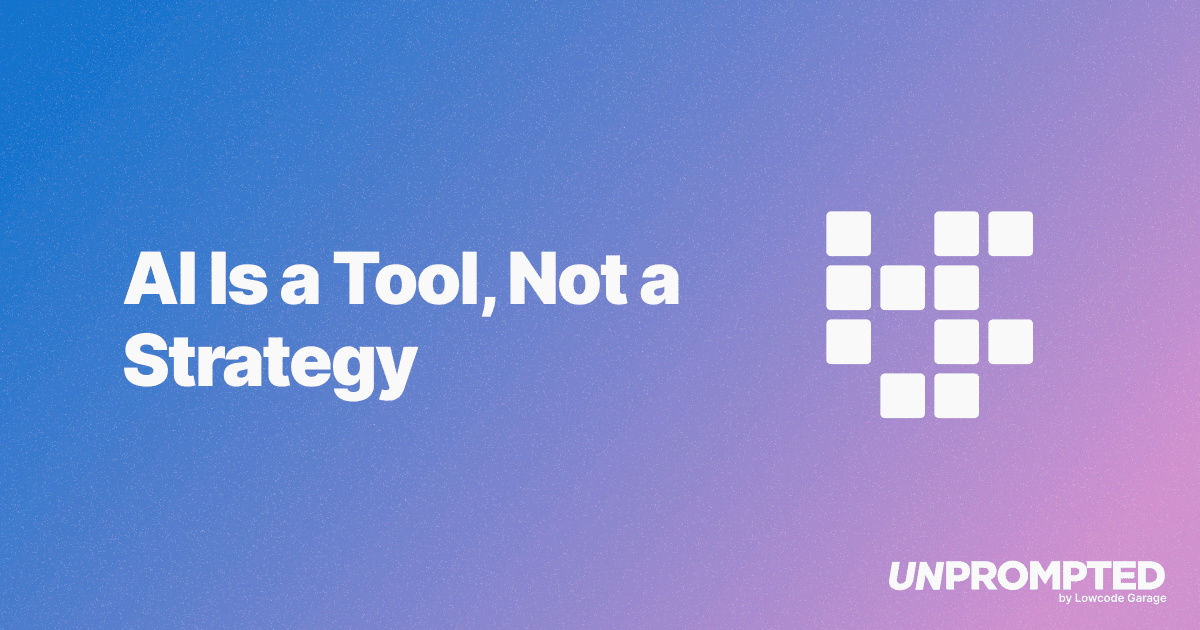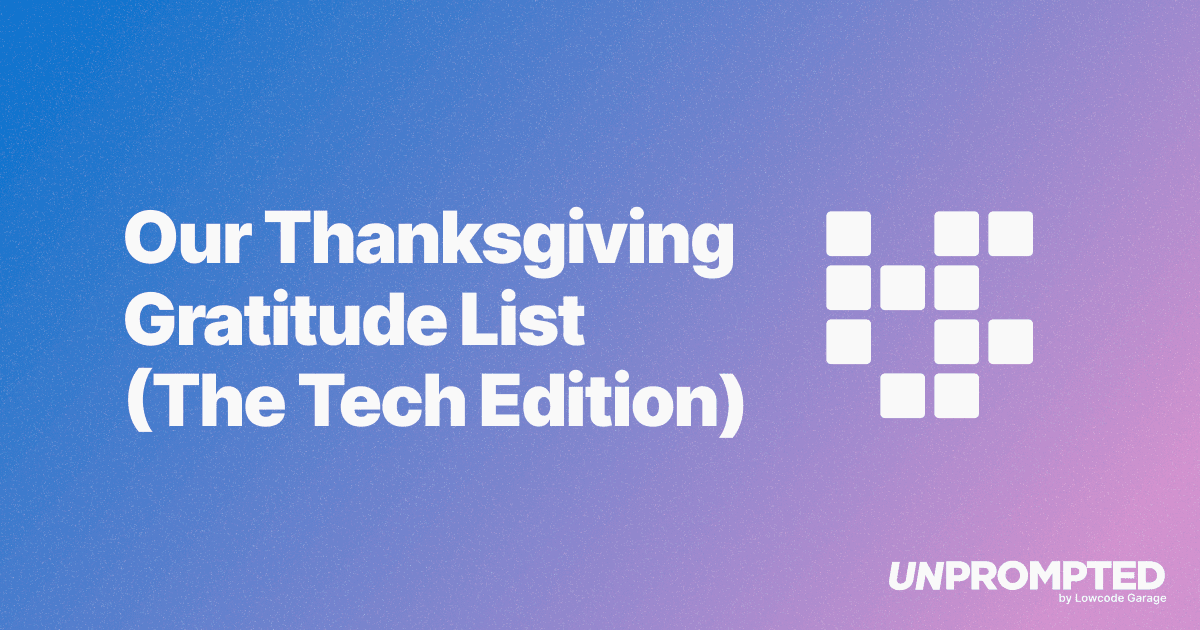The AI-First Way: How Smart Teams Are Saving 100x on Product Experiments
Discover how AI-powered workflows are enabling startups and product teams to test ideas and launch products 100x faster and cheaper than traditional development methods.
In 2025, the best startup builders aren't just writing code — they're using AI to move 100x faster and 100x cheaper.
This isn't a trend. It's a fundamental shift in how modern teams are building products, testing ideas, and launching apps.
Let's break it down with a real-world example — and show why AI-first development workflows are becoming the go-to playbook for smart startups.
The Traditional Way: Expensive and Slow
Imagine a company like Duolingo wants to test a new idea — let's say a beginner French lesson plan.
All they want to do is launch a quick demo video to gauge user interest. No new product. Just a test.
Here's what it usually takes:
- A product manager to run the project
- A course creator to develop content
- A UX designer to mock up the lesson
- A video editor to turn it into a prototype
- A marketing manager to prep the ad campaign
- Multiple stakeholders for approval
If this five-person team earns an average of $150,000 per year, two weeks of work costs:
$28,800 just to validate one idea.
And that's assuming it only takes two weeks (it probably won't). This is just a basic product test, not a full launch.
The AI-First Way: Faster, Cheaper, and Smarter
Now let's look at what an AI-first approach could look like in 2025.
Same company, same goal — test interest in a French lesson.
But this time, one product lead handles the entire thing using AI tools like Cursor or Bolt:
- They write a 3-sentence prompt describing the lesson.
- The AI builds a working prototype of the product.
- They record the screen, export it as a video, and share it.
All in under 4 hours.
At $150K/year, that's $288 in labor cost — not $28,800.
And the AI tools? Less than $20/month.
Building Hacks That Actually Scale
Let's do the math:
- From $28,800 to $288 → 100x cheaper
- From 400 hours of team time to 4 hours solo → 100x faster
- From "initiative" to "experiment" → 100x more agile
That's not just a productivity boost — it's a scalable building hack.
Imagine running this workflow for 10 experiments per month. Or 100 across an entire company. The savings in time, money, and momentum compound quickly.
This is the type of operational leverage startups used to dream about. Today, it's just smart execution.
Why This Matters for Startups, Bootstrappers, and Product Teams
For startup founders, small teams, or solo builders, time and capital are limited. You don't have the luxury of big teams or long timelines.
AI-first workflows offer a way to:
- Validate ideas before you invest heavily
- Build MVPs faster and with less risk
- Launch apps, landing pages, or product demos without outside help
- Bootstrap your startup with minimal resources
Whether you're pre-seed, post-raise, or bootstrapped from scratch — this is how you build smarter in 2025.
Building Tips for Implementing the AI-First Workflow
If you're ready to try this yourself, here's a basic AI-powered stack for testing and shipping quickly:
- Claude or ChatGPT – For writing landing page copy, product ideas, lesson content, or scripts
- Cursor or Bolt – For generating code and prototypes from natural language prompts
- Loom – For turning prototypes into polished product videos
- Vercel / Netlify – For instant deployment of simple test sites
The key is reducing friction between idea and execution. That's where AI delivers outsized results.
Final Thoughts: Building Smarter with AI
This isn't just about saving time or money — it's about building momentum.
With the right workflow, you can test more ideas, launch more products, and build better companies — without waiting for funding, hiring, or approvals.
This is the future of product development.
If your startup, team, or app idea still relies on slow processes and bloated teams, it's time to rethink the playbook.
AI-first workflows are the new standard for lean, fast, and effective building.
Frequently Asked Questions
Continue Reading

AI Is a Tool, Not a Strategy
Henry Kravis reminds us that AI is a productivity tool, not a strategy. Strong management, cultural fit, and operational fundamentals still determine whether businesses succeed or fail.

Four AI Conversation Starters (To Avoid Holiday Small Talk)
Four timely AI conversation starters covering federal vs state AI regulation, Opus 4.5 capabilities, physical AI in construction, and Michael Burry's bet against Nvidia—perfect for surviving holiday small talk.

Our Thanksgiving Gratitude List (The Tech Edition)
Discover the AI tools transforming how we build products at Lowcode Garage. From publishing content with Claude Desktop to building prototypes in weeks instead of quarters, here's our Thanksgiving gratitude list for the tech that makes it all possible.